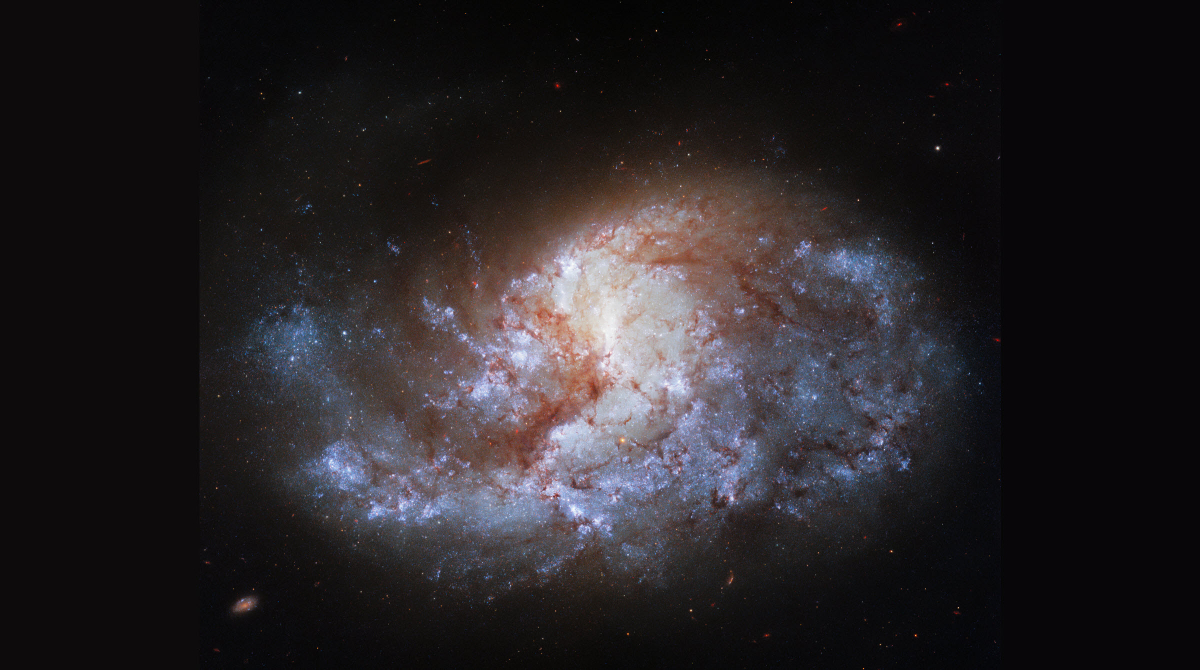Hubble Telescope photographs distant spiral galaxies
NASA and the European Space Agency ESA have released a photo of the spiral galaxy NGC 1385 in the constellation Fornax. That sounds boring, but it’s actually a spectacular recording.
On the occasion of their last visit to the Hubble Telescope in 2009, astronauts had installed the Hubble Wide Field Camera 3. It was designed as a workhorse. It has often lived up to this designation, which implies hard work, because of its uncomplicated reliability. Now she has an image of a galaxy in the constellation Fornax that a science fiction director could not have designed more spectacularly.
If you think of an ancient god or an animal when you hear the name Fornax, you are wrong, explains NASA. The name Fornax is much more mundane, it is simply the Latin word for oven. The agency adds that the constellation got its name from Nicolas-Louis de Lacaille, a French astronomer born in 1713. It wasn’t the only constellation he gave a name to.
NASA explains: “Lacaille named 14 of the 88 constellations that we still know today. He seems to have had a predilection for naming constellations after scientific instruments, including Atlia (the air pump), Norma (the ruler) and Telescopium (the telescope) ”.
The image of the spiral galaxy NGC 1385, 68 million light years away, has the potential to be used as wallpaper. Time and again in the 30 years of its operation, the Hubble telescope has provided sensational images. That shouldn’t be the case for much longer.
Hubble is essentially made up of eighties components
Hubble Space Telescope. (Photo: NASA)
The photo was the latest in a long series of beautiful images captured by the cameras aboard the Hubble Space Telescope during its three decades of observation of the cosmos. In the early summer it looked as if Hubble was lost forever. A central computer system had shut down. In this context, it paid off that NASA had given the telescope a backup system on its last visit. The NASA experts were able to activate this and revive Hubble in this way.
How long the veteran will continue to deliver images with his technology from the 1980s can only be speculated at the moment. So let’s be happy about new Hubble images while we still get them.



